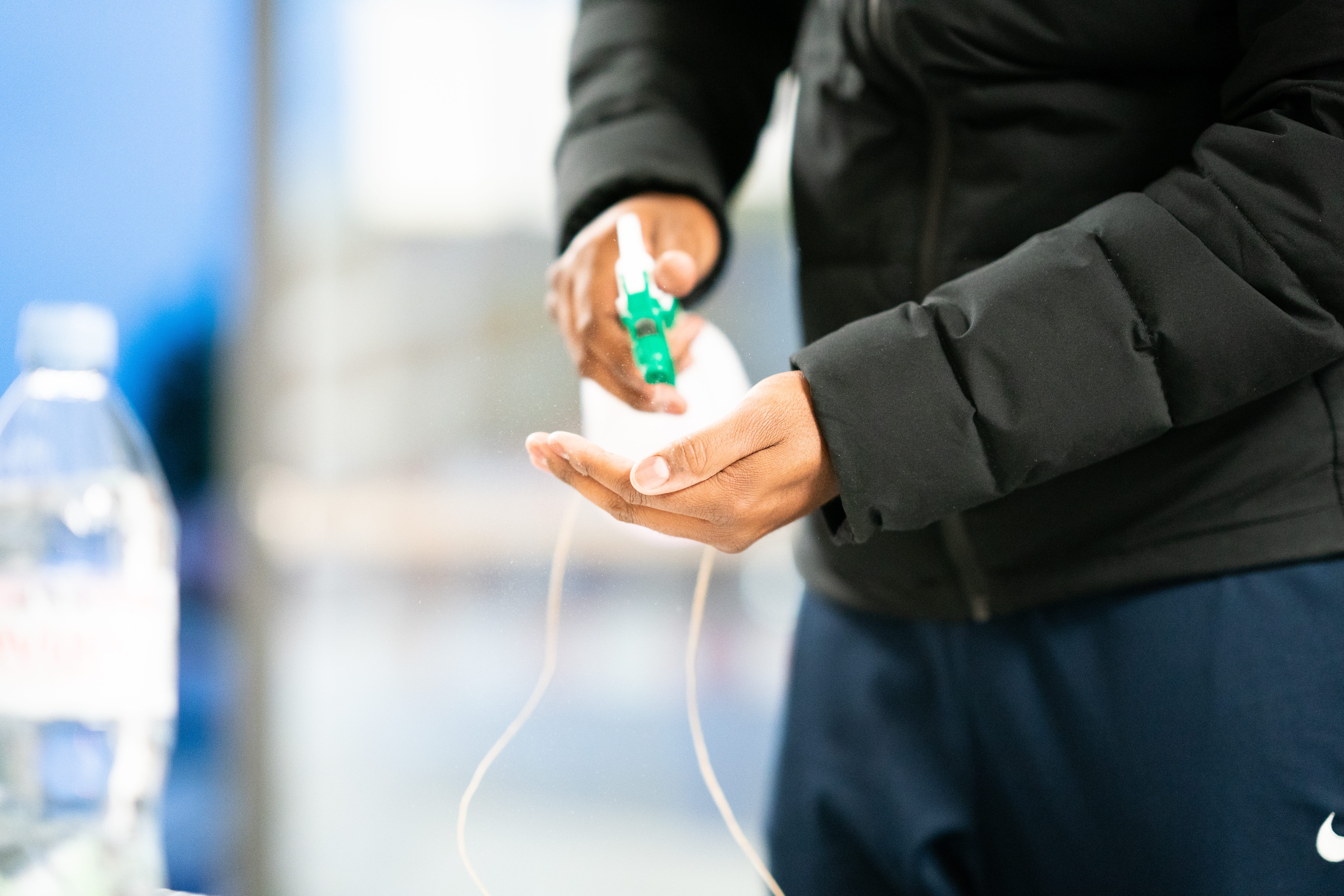 Photo by CH Claudio Schwarz | @purzlbaum on Unsplash
Photo by CH Claudio Schwarz | @purzlbaum on Unsplash
After world-wide lockdowns due to COVID-19, societies and governments are trying to determine how and when it will be safe for people to congregate in large groups again. Companies and universities are working on different technologies to help stop the surface-spread of COVID-19.
Ultraviolet Light Technology
One approach has been to use ultraviolet light in non-medical settings like schools, retail establishments, office buildings, and other public spaces. For decades, hospitals and doctors have used ultraviolet light to disinfect operating rooms and surgical instruments. Investigations are now being conducted on whether this technology will work on COVID-19 and weighing the other attendant risks of long-term use of UV technology. Companies that have marketed products claiming effectiveness in eliminating COVID-19 need to have the scientific documentation ready if challenged and should consider warning users of other risks of their product. WebMD has a recent article addressing some developments with the use of ultraviolet light and the challenges. https://www.webmd.com/lung/news/20200519/coronavirus-puts-uv-in-the-disinfectant-spotlight
Disinfecting Sprays
An Israel company has a different approach to preventing COVID-19 infections. The company proposes using a disinfecting tunnel to spray people before entering events like sporting games. The spray is tap water which is electrified to produce hypochlorous acid. The claim is that the spray is environmentally friendly and will completely sterilize a person. https://www.timesofisrael.com/israeli-disinfectant-tunnel-may-lead-way-to-safer-public-events-during-pandemic/ While the technology may be effective at sterilizing a person on the outside, this technology will not prevent a contagious individual from still infecting those nearby during an event. ThiCompanies that rely on such a product could face liability for providing a false sense of security or other misrepresentation claims.
The Road Forward
The uncertainty surrounding the risks of large-scale gatherings in the wake of COVID-19 leaves open the possibility for new technologies to provide the public a safer environment. But, these developments come with risks — to both the public and the companies developing the products. Certainly, there will be other hurdles in the ability for large group events to occur again.
[View source.]